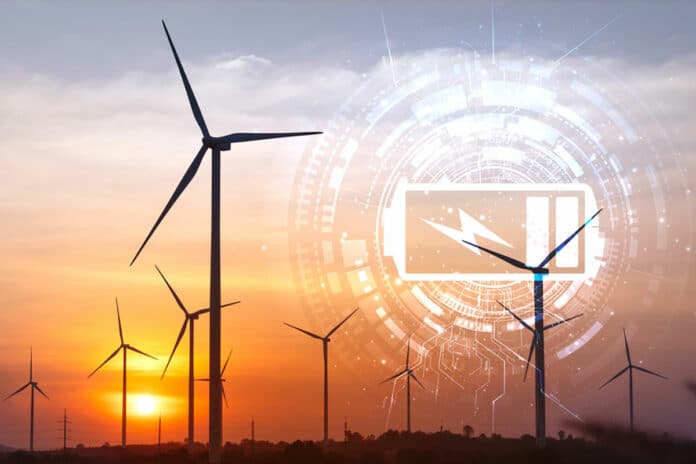Addressing the intermittent nature of wind and solar, MIT alumni David Bierman and Jordan Kearns have joined hands to build a thermal battery that lets manufacturers use renewable energy around the clock.
The low-cost, highly efficient thermal battery stores electricity as heat, allowing manufacturers and other energy-hungry businesses to eliminate their use of fossil fuels.
Bierman and Kearns were studying renewable energy when they began to think about the intermittent nature of wind and solar as an opportunity rather than a problem. They set up separate startups looking to solve the problem of the intermittency of these technologies.
Kearns’s company would help companies that use a natural gas switch to energy produced by renewables, depending on their daily pricing. To accomplish that, he combined an off-the-shelf electric boiler with novel control software so the companies could switch energy sources seamlessly from fossil fuel to electricity at especially windy or sunny times.
Meanwhile, Bierman’s company worked on a thermal energy storage solution for industrial decarbonization. The solution uses renewable electricity to heat blocks of carbon, which are stored in insulation to retain energy for long periods of time. The heat from those blocks can then be used to deliver electricity or heat to customers at temperatures that can exceed 2,700 Fahrenheit (1,500 Celsius).
After raising a $50 million Series A funding round last year, Bierman acquired Kearns’ team, and the two startups are now working together to deliver low-cost renewable energy at an industrial scale.
Called Antora Energy, the combined effort delivers the long-sought promise of heat-to-power TPV (thermophotovoltaic) technology because it has achieved new levels of efficiency and scalability with its cells.
“We take electricity when it’s cheapest, meaning when wind gusts are strongest, and the sun is shining brightest,” Bierman explains. “We run that electricity through a resistive heater to drive up the temperature of a very inexpensive material – we use extremely stable carbon blocks produced at incredible scales, and are some of the cheapest materials on Earth. When you need to pull energy from the battery, you open a large shutter to extract thermal radiation, which is used to generate process heat or power using our thermophotovoltaic, or TPV, technology. The end result is a zero-carbon, flexible, combined heat and power system for industry.”
“Antora has a thermal battery that takes in the electricity, converts it to heat, but also stores it as heat, so even when the wind stops blowing, we have a reservoir of heat that we can continue to pull from to make steam or power or whatever the facility needs. So, we can now further reduce energy costs by offsetting more fuel and offer a 100 percent clean energy solution,” Kearns explains in the press release.
Antora’s thermal battery manufacturing facilities and demonstration unit are located in sun-soaked California, where renewables make up nearly a third of all electricity. Antora’s team says its technology holds promise in other regions as increasingly large renewable projects connect to grids across the globe.
The company is currently working on 30-60 megawatt projects. Its future projects will involve companies in the chemicals, mining, food, beverage, and oil and gas industries. Some of those projects are expected to come online as early as 2025.
